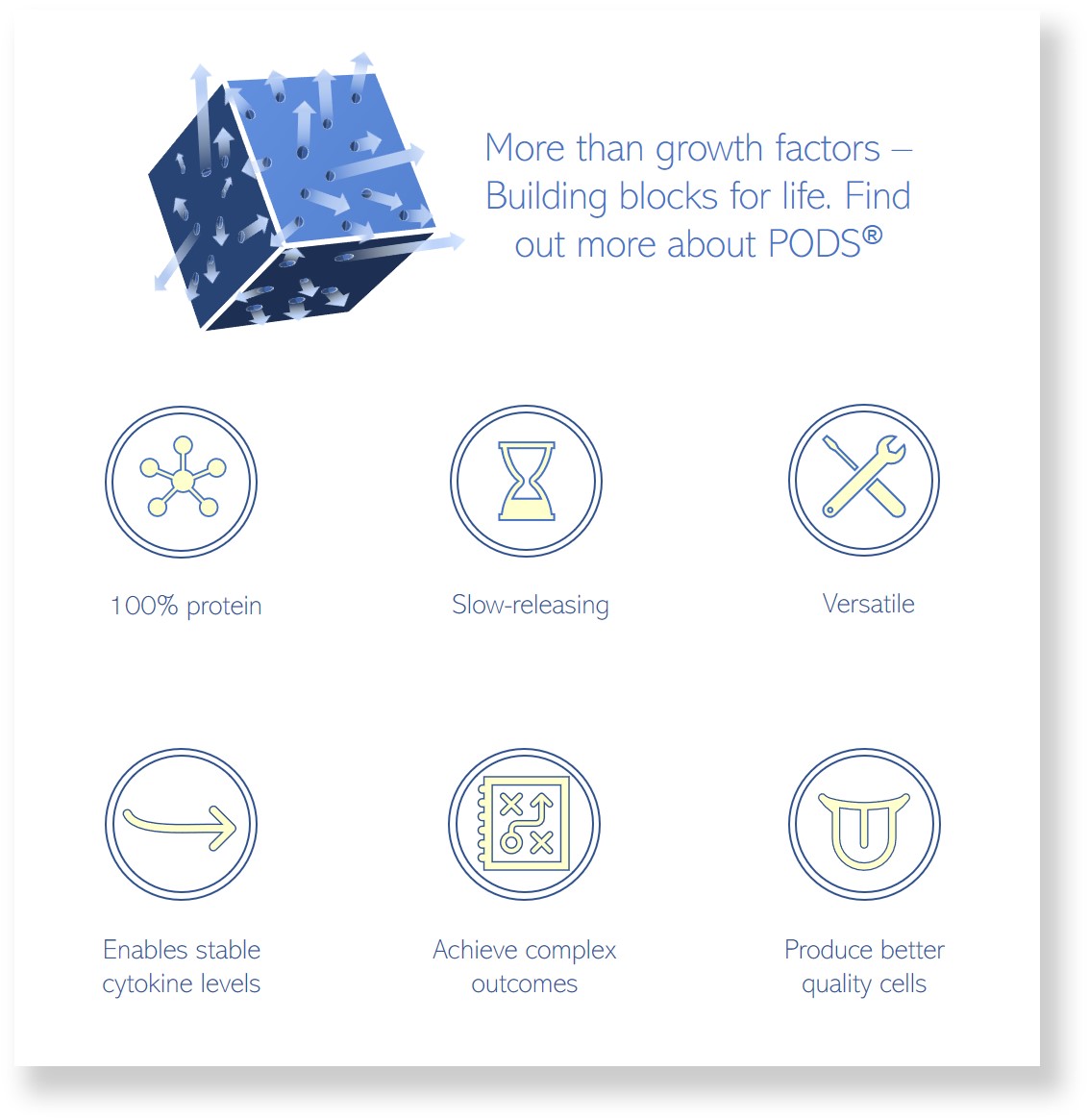Drug entities keep evolving

Until recently, pharmaceuticals were dominated by a single class of drugs, small molecules. Over the space of 25 years, advances in molecular biology have lead to the development of many new drug classes.
Here’s an overview of pharmaceuticals, either marketed or in development, based on molecular entity, and roughly in order of the drugs physical size.
- Small molecules. Usually made by chemical synthesis, small molecules can enter cells and bind intracellular targets. They are typically given by oral or topical administration. As with most drugs, they work by having a shape which binds to and modifies the activity of specific target proteins. For example, aspirin works by inhibiting cyclooxygenase (COX) enzymes which are involved in the formation of prostaglandins (PGs) that cause inflammation, swelling, pain and fever. Interestingly, COX-2 was also the target of Vioxx, one of the most unsafe drugs to ever reach the market. Vioxx was withdrawn from sale after allegedly causing around 100,000 adverse cardiac events.
Nucleic acids
- RNA interference (RNAi) – e.g. siRNA. Short non-coding double-stranded which can be RNA delivered by viruses to the target cell. siRNA molecules target mRNA for degradation by the ribonuclease Dicer thereby reducing the amount of protein made from the mRNA. Two siRNA drugs have recently reached the market: Onpattro for polyneuropathy in hATTR amyloidosis, and Givlaari for acute hepatic porphyria. Improvements to RNA chemistry and delivery mechanisms are starting to make virus-free delivery of siRNA possible.
- SINEUP – Short non-coding RNA structures which bind to target mRNA transcripts, recruiting ribosomes and increasing translation of the target. SINEUPs have potential to treat a wide variety of haploinsufficiency disorders (in which one copy of a gene is missing) as well as other diseases. SINEUPS have not yet reached the clinic. However, proof of principle studies have been published for diseases including Fredrichs Ataxia.
- Gene therapy – Entire genes are placed in a vector, such as a virus, which then infects and expresses the cloned gene. The field of gene therapy had significant setbacks, particularly with the development of leukemia in SCID patients. More recently, safety aspects have improved. In May 2019, the FDA approved Zolgensma for treating spinal muscular atrophy in children under 2 years. Of note, the list price of Zolgensma was set at $2.125 million per dose, making it the most expensive drug ever. Soon after, in June 2019, the EMA approved Zynteglo for treating beta thalassemia. Companies, such as Moderna, CureVac and BioNTech making modified nucleic acids have demonstrated the potential to efficiently deliver RNA without the use of viruses.
Proteins
- Peptides – Short proteins (Around 60 are approved for use as drugs. The first synthetic peptide approved for clinical use was oxytocin in 1962
- Growth factors, hormones and cytokines – Potent proteins that bind to cell surface receptors to trigger a change in activity such as secretion, proliferation or differentiation. The most well known of these, insulin, is a hormone that has been used to treat type II diabetes since the 1920s. Recombinant insulin production and more stable forms subsequently transformed the market and people’s lives. Perhaps the most famous growth factor is EPO which boosts red blood cell numbers helping anaemic patients. EPO has also been misused to allow improvements in athletic performance. For a discussion on the classification of cytokines, growth factors and hormones, please see here.
- Bicycle antibody – Essentially a very small antibody fragment held in shape by a small-molecule frame. Bicycle antibodies have mixed attributes of small molecules and antibodies.
- Nanobody – (also known as a single domain antibody). Small domain antibodies are <10% of the size of conventional antibodies. THey contain just the tips of antibodies – the part that interacts with the target. The first nanobody to win regulatory approval was Caplacizumab for the treatment of acquired thrombotic thrombocytopenic purpura in von Willebrand factor patients.
- Antibody – These large therapeutic proteins can be generated to bind with very high levels of specificity to essentially any given target. Monoclonal production and humanization, perhaps the most important steps taken to progress of antibodies to the clinic were developed by scientists working at the same institute in Cambridge. 70% the world’s biggest-selling drugs are now antibodies. They are successfully used to treat diseases ranging from cancer to rheumatoid arthritis. Variants such as bi-specific antibodies are further increasing their virtuosity.
Microbes – pushing the concept and classification of a drug
- Virus – In addition to using viruses to deliver nucleic acid drugs, viruses can be be used directly lyse (burst) target cells with potential applications in cancer. T-VEC has been approved for treating melanoma
- Bacteria – Biotic treatments to improve gut health, such as a faecal transplant, have long been available. More recently, researchers are looking at treating skin health in the same way.
IMAGE: Shuterstock

